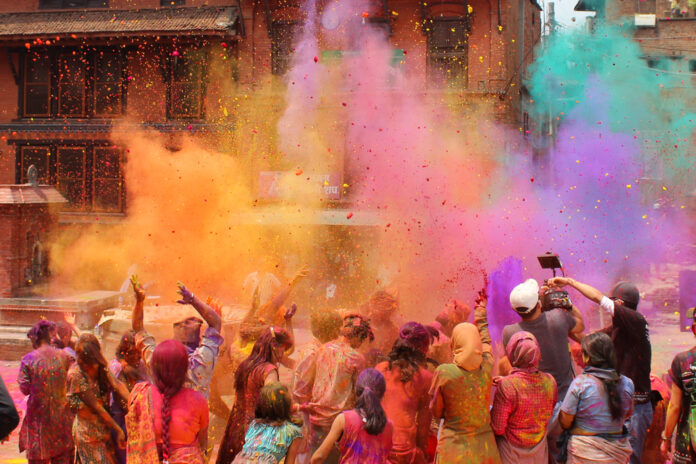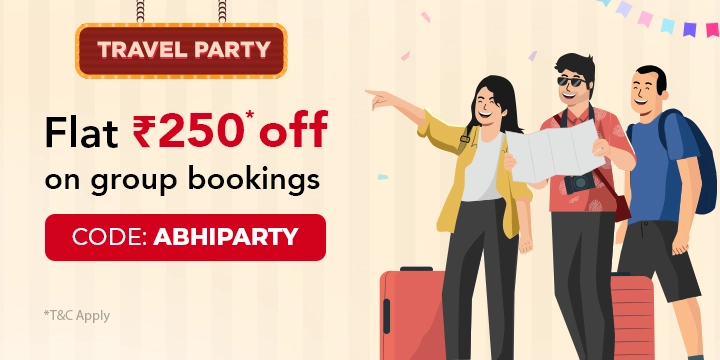Why is Holi Celebrated in India
Holi, also known as the Festival of Colors, is one of the most vibrant and joyous festivals celebrated in India. This ancient festival has deep cultural and historical roots, and its celebration is steeped in mythological and religious significance. In this blog, we will delve into the origins, traditions, and significance of Holi, exploring why it is Holi celebrated in India with such fervor across the country.
Origins of Holi
Holi finds its origins in Hindu mythology, with its roots traced back to various legends and stories. One of the most popular stories is that of Holika, the sister of the demon king Hiranyakashipu.
According to legend, Hiranyakashipu was granted a boon by Lord Brahma, which made him invincible. He demanded that everyone in his kingdom worship him, but his son Prahlad remained a devout follower of Lord Vishnu. Enraged by Prahlad’s devotion, Hiranyakashipu tried various ways to kill him, including having him sit on a pyre with Holika, who was believed to be immune to fire.
However, as the fuel was lit, it was Holika who perished, while Prahlad emerged unscathed due to his unwavering faith. This event symbolizes the victory of good over evil and the burning of Holika is celebrated as Holi.
Significance of Holi
- Celebration of Spring: Holi is celebrated at the cusp of winter and spring, marking the end of winter and the arrival of spring. It is a time of rejuvenation and new beginnings, with people rejoicing in the beauty of nature’s colors.
- Social Harmony: Holi is also a festival that breaks down social barriers and brings people together. It is a time when people forget their differences and celebrate together, spreading love and joy.
- Cultural Heritage: Holi is deeply rooted in Indian culture and tradition. It is celebrated with traditional rituals, songs, and dances that have been passed down through generations, making it a significant cultural event.
- Religious Significance: For many, Holi is a time to celebrate religious beliefs. It is associated with various mythological stories and is seen as a time to reflect on spiritual values and teachings.
Traditions and Celebrations
Holi is celebrated over two days, with the first day known as Holika Dahan or Choti Holi, and the second day as Rangwali Holi or Dhuleti.
- Holika Dahan: On the eve of Holi, bonfires are lit to symbolize the burning of Holika. People gather around the bonfire, sing and dance, and perform rituals to ward off evil spirits.
- Rangwali Holi: The main day of Holi is a colorful affair, with people smearing each other with colored powders and water. It is a day of fun and frolic, with people of all ages participating in the festivities.
- Music and Dance: Holi is also a time for music and dance, with traditional folk songs and dances adding to the festive atmosphere. The joyous spirit of Holi is infectious, and people dance to the beats of the dholak and sing traditional Holi songs.
- Special Foods: Like all Indian festivals, Holi is also a time for feasting. Special Holi delicacies like gujiya, mathri, and thandai are prepared and shared with family and friends.
Regional Variations of Holi Celebrations in India
Holi, the festival of colors, is celebrated with fervor and enthusiasm across India. However, the way it is celebrated can vary significantly from region to region, with each area adding its unique cultural flavors to the festival. Let’s explore some of the regional variations of Holi in India:
1. Mathura and Vrindavan (Uttar Pradesh)
- Lathmar Holi: In Mathura and Vrindavan, the celebration starts a week before the actual date of Holi. Women playfully beat men with sticks (lathis), symbolizing the playful teasing of Lord Krishna by the gopis (milkmaids).
- Ras Leela: The famous Ras Leela is reenacted, depicting the divine love of Radha and Krishna. It is a major attraction for tourists and devotees alike.
2. Barsana and Nandgaon (Uttar Pradesh)
- Lathmar Holi: Similar to Mathura, the women of Barsana village near Mathura playfully beat the men from Nandgaon with sticks.
- Nandotsav: In Nandgaon, the men from this village visit Barsana to play Holi with the women there. It is a colorful and lively event.
3. Punjab
- Hola Mohalla: Celebrated a day after Holi, Hola Mohalla is an event where Sikhs display their martial skills in mock battles and processions.
4. Gujarat
- Dhuleti: In Gujarat, Holi is celebrated as Dhuleti. People dress in white and gather in open spaces to smear colored powder (gulal) on each other.
- Garba and Dandiya Raas: In some parts of Gujarat, especially during Navratri, Holi is celebrated with the traditional folk dances of Garba and Dandiya Raas.
5. West Bengal
- Dol Jatra: In West Bengal, Holi is known as Dol Jatra or Dol Purnima. Idols of Radha and Krishna are placed on a decorated palanquin and taken around the streets.
- Santiniketan Holi: In Santiniketan, Holi is celebrated as Basanta Utsav (Spring Festival), following the tradition started by Rabindranath Tagore. It includes cultural programs, dance, and music.
6. Manipur
- Yaosang: In Manipur, Holi is celebrated as Yaosang. It lasts for six days and includes traditional Manipuri dance, music, and sports.
7. Maharashtra
- Rang Panchami: In Maharashtra, Holi is celebrated as Rang Panchami, where people play with colors and also indulge in cultural activities.
8. South India
- Kama Dahanam: In parts of South India, Holi is associated with the legend of Kamadeva, the god of love. Effigies of Kamadeva are burned to symbolize the triumph of virtue over vice.
These regional variations of Holi highlight the diverse cultural tapestry of India. While the essence of the festival remains the same. As Holi 2025 comes with a long weekend, you can plan a short weekend getaway to experience the unique traditions and customs of each region. You easily book your bus tickets on AbhiBus in advance and get great discounts and exciting offers on your bus ticket booking.





